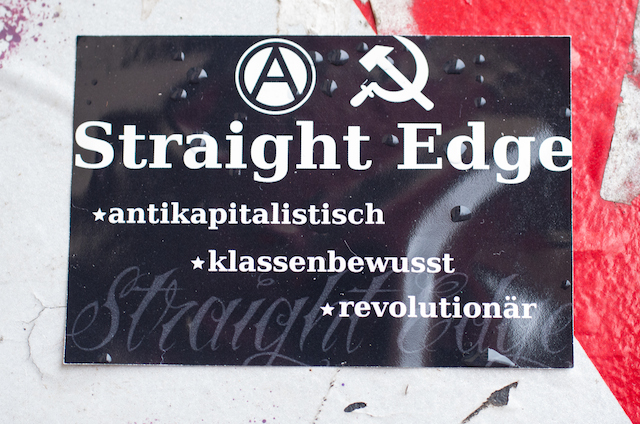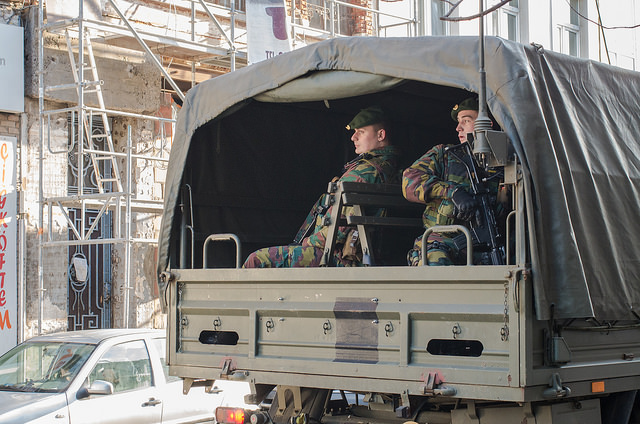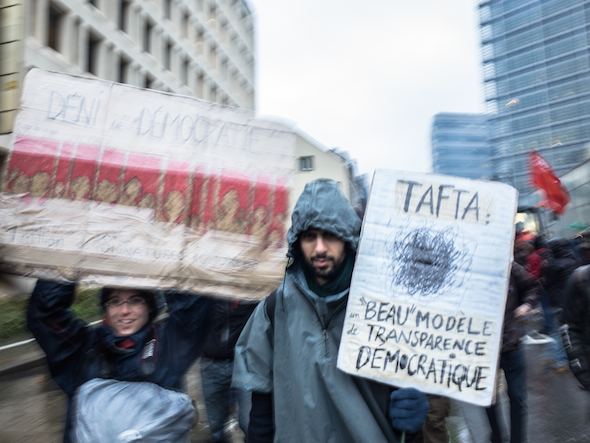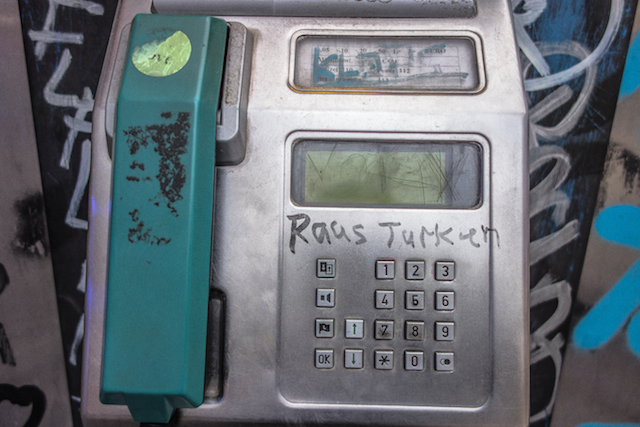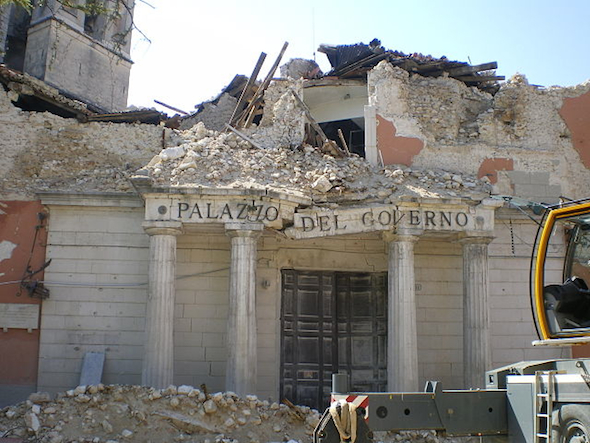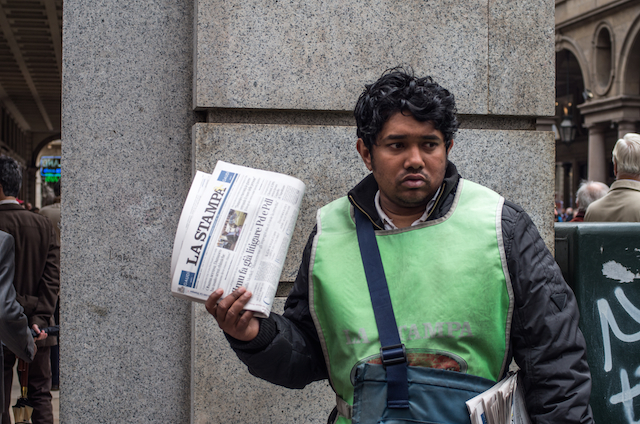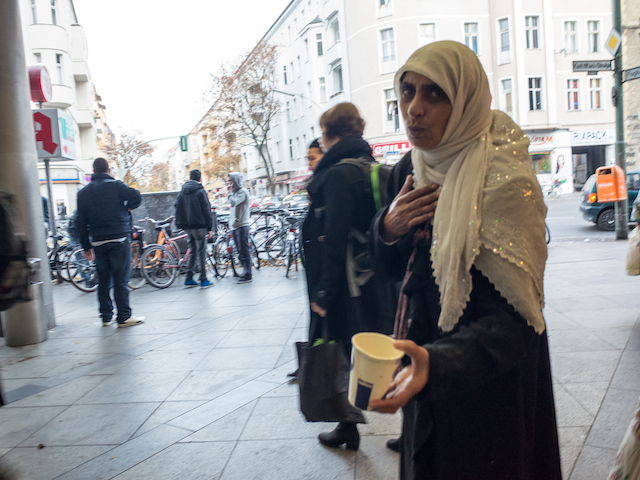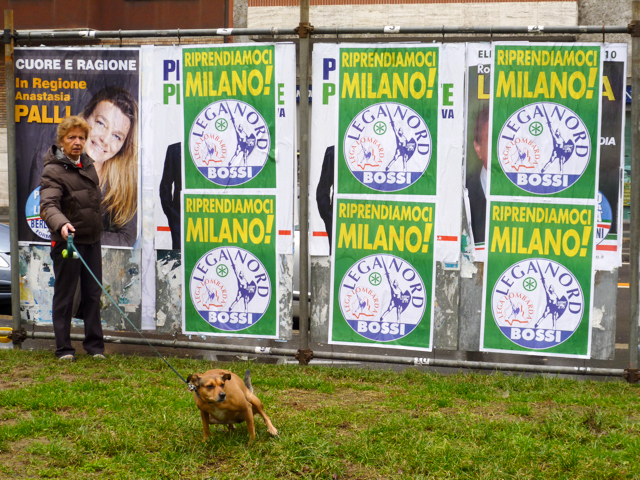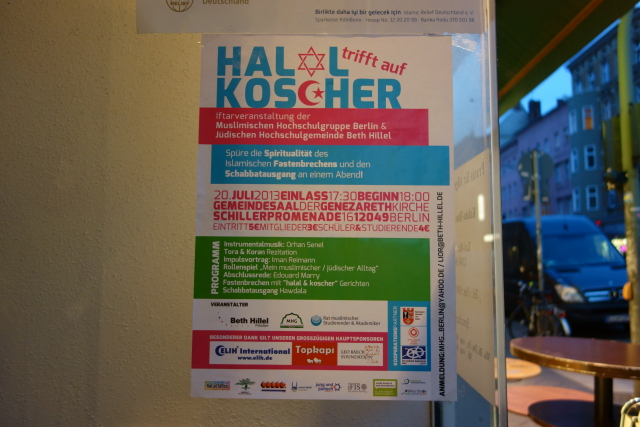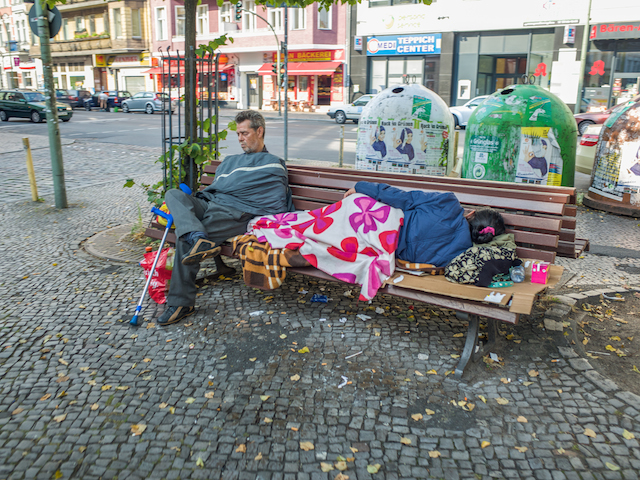British tabloid coverage of Mohammed Emwazi (“Jihadi John”) has been predictably irritating. The Sun, The Daily Mail, The Daily Star, and more have all printed obscene headlines about the man, with the clear objective of terrifying their readers into supporting counterterrorism. (More…)
Author: RandomizerMost progressive periodicals emphasize words over images. Not Souciant. Randomizer is a column devoted to our love for political visuals. Collectively-authored by Souciant’s editorial staff, wherever they are. Including the kitchen.
Most progressive periodicals emphasize words over images. Not Souciant. Randomizer is a column devoted to our love for political visuals. Collectively-authored by Souciant’s editorial staff, wherever they are. Including the kitchen.
The history of leftist politics is a history of bad habits. Whenever a goal is within reach, they return to wreak havoc: a fondness for drink, a fondness for drugs or a fondness for disputing precisely those questions that aren’t immediately pertinent. But of all the habits that have undermined the Left, the most pernicious may be the conviction that a devotion to purity is the solution. (More…)
More and more, the dozen years between the collapse of the Eastern Bloc and September 11th, 2001 seem like a mirage. Although horrific conflicts took place then — in the former Yugoslavia, Rwanda and elsewhere — they appeared to be exceptions to an increasingly inevitable New World Order, in which peace-time problems would dominate the headlines. Military budgets were slashed throughout the developed world, especially the United States and Russia. (More…)
Demonstration photography is boring. At least if you go by the photos in most newspapers. Aside from being relevant, to, say, an article about a protest march, more often than not, the images are interchangeable. Earnest people holding up signs. Long lines of young people, following one another in pursuit of some noble cause. (More…)
The Nazis are back. So one would be inclined to believe, over the last few weeks, as Islamophobic demonstrations mushroomed across Germany. First catching the international media’s attention with a riot in Cologne, followed by a series of Monday night demonstrations in Dresden, Germany has been forced to acknowledge the growth of widespread sentiment against minorities, specifically Muslims. (More…)
When it comes to earthquakes, America takes the cake. At least as far as news coverage is concerned. Having weathered two of the most devastating quakes to strike a first world country – the 1989 Loma Prieta earthquake, which ravaged the San Francisco Bay Area, followed by the 1994 Northridge earthquake, which severely impacted Los Angeles – you can understand why. (More…)
I’d nearly crashed my car. Headed back to Milan, after a brief vacation in Rome, I was slowly making my way up the highway on-ramp, when I swerved to avoid a newspaper salesman. Walking through the traffic, holding up copies of La Repubblica, were several uncharacteristically dark-looking men. I made sure to pay attention to the next guy in line. He was South Asian. (More…)
Kein mensch ist illegal. Refugees welcome here. Few cities can claim as much pro-asylum messaging as that found in Berlin. Spray-painted on the sides of buildings, stickered inside public restrooms. It’s absolutely everywhere. Considering the diverse character of the city, it shouldn’t come as a surprise. The German capital is as much a global metropolis as it is a national one. (More…)
Newsstands aren’t what they used to be. Onetime indicators of high circulation periodicals, today, their selection tends towards a combination of promoted titles [think advertising placement, pushing readers online] and community newspapers. Berlin’s newsstands oftentimes lean towards the latter, offering titles in multiple languages, ranging from Albanian to Turkish. (More…)
No clichés here. As far as leftist flyers go, they’re don’t exactly inspire you to speak truth to power. Dispensing with images of marchers standing up to the man, and police beating up protestors, they relied more on sarcasm, and a pronounced sense of contempt, to make their point. Feeling flushed down the toilet? Sick of the bread, and the circuses, and promises of pussy? We relate. (More…)
Compared to other German cities or metropoles like Paris and London, Berlin has benefited from its lack of meaningful antiquity. Little more than a village prior to Prussia’s ascendancy in the 1700s and still not very impressive in Germany’s early years as a unified nation, it was free to develop as a fully modern city. Not only cartographically and architecturally, but ideologically. (More…)
Europe means diversity. Stroll down streets as far away from one another as Stuttgart’s Koenigstrasse, Milan’s Corso Buenos Aires, or London’s Oxford Circus, and the insight will be the same. Everyone is from somewhere else. Chinese, Arab, Nigerian, Indian, Roma. The mix tends to be relatively consistent, if not exactly the same. (More…)

